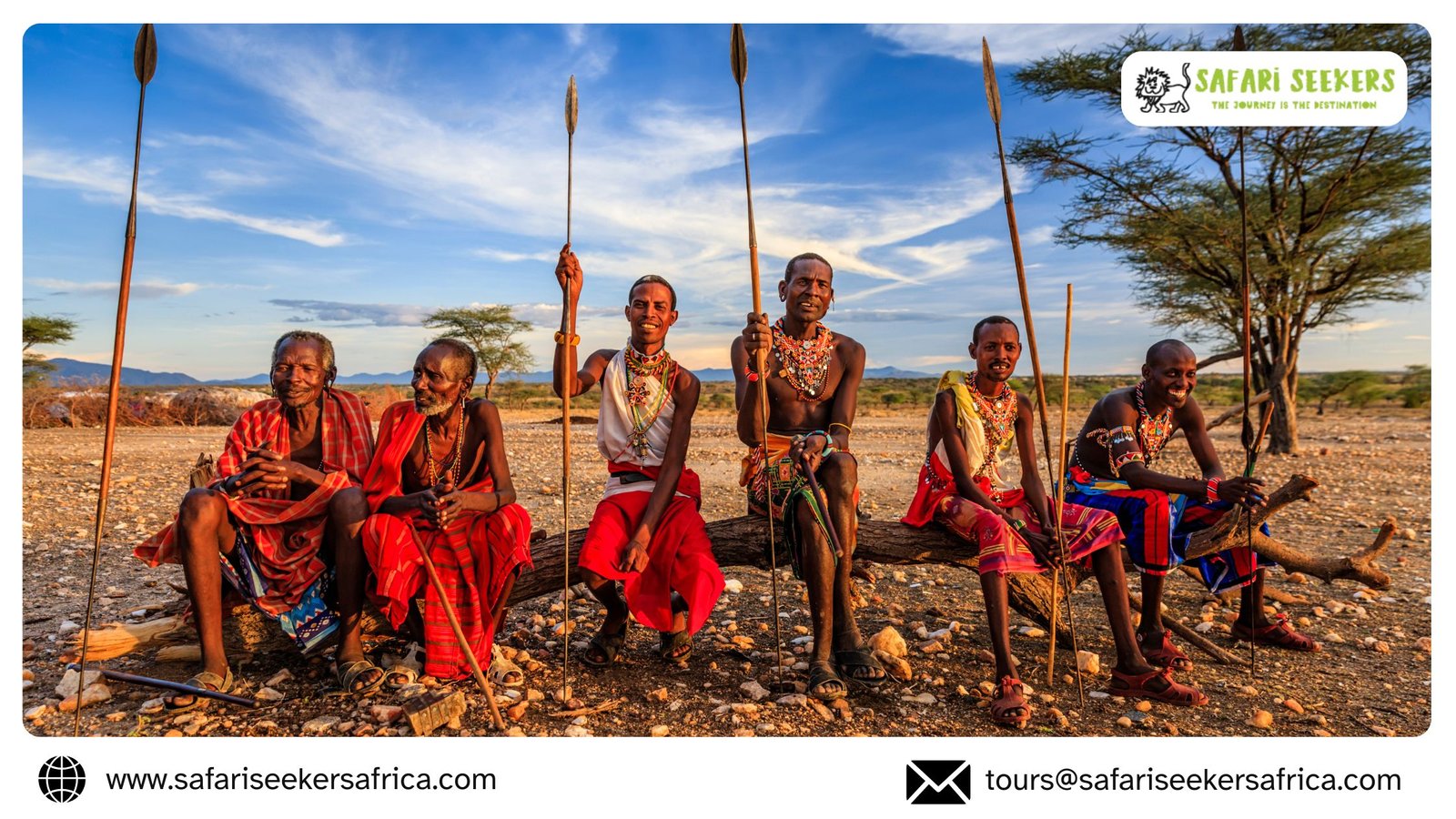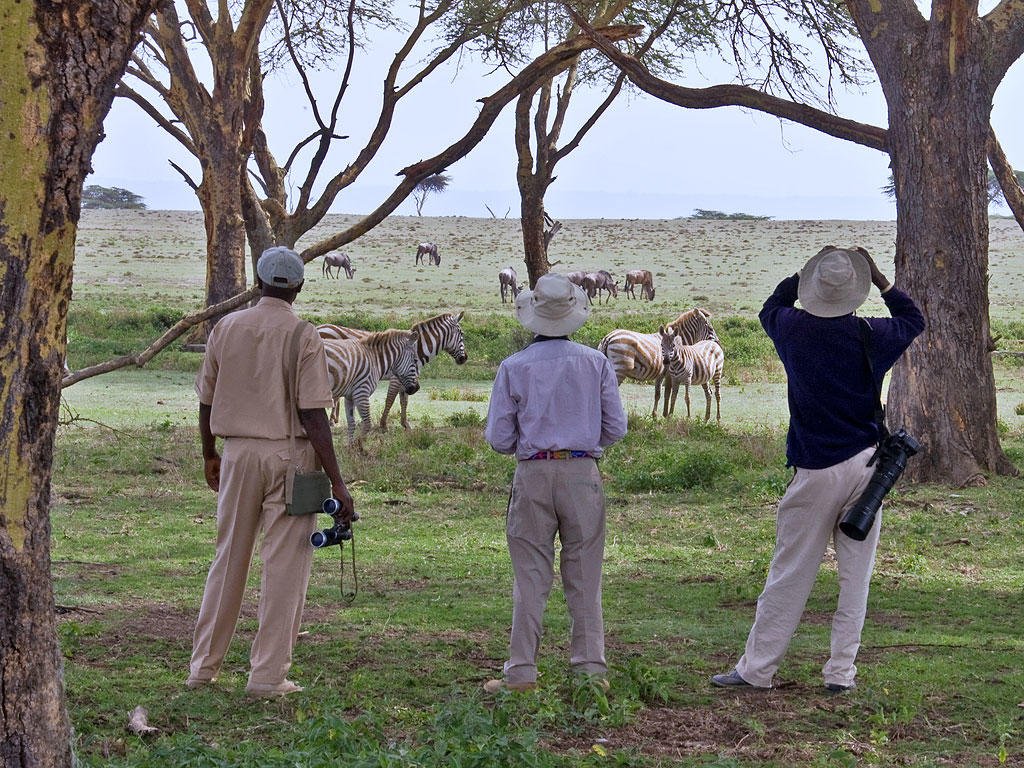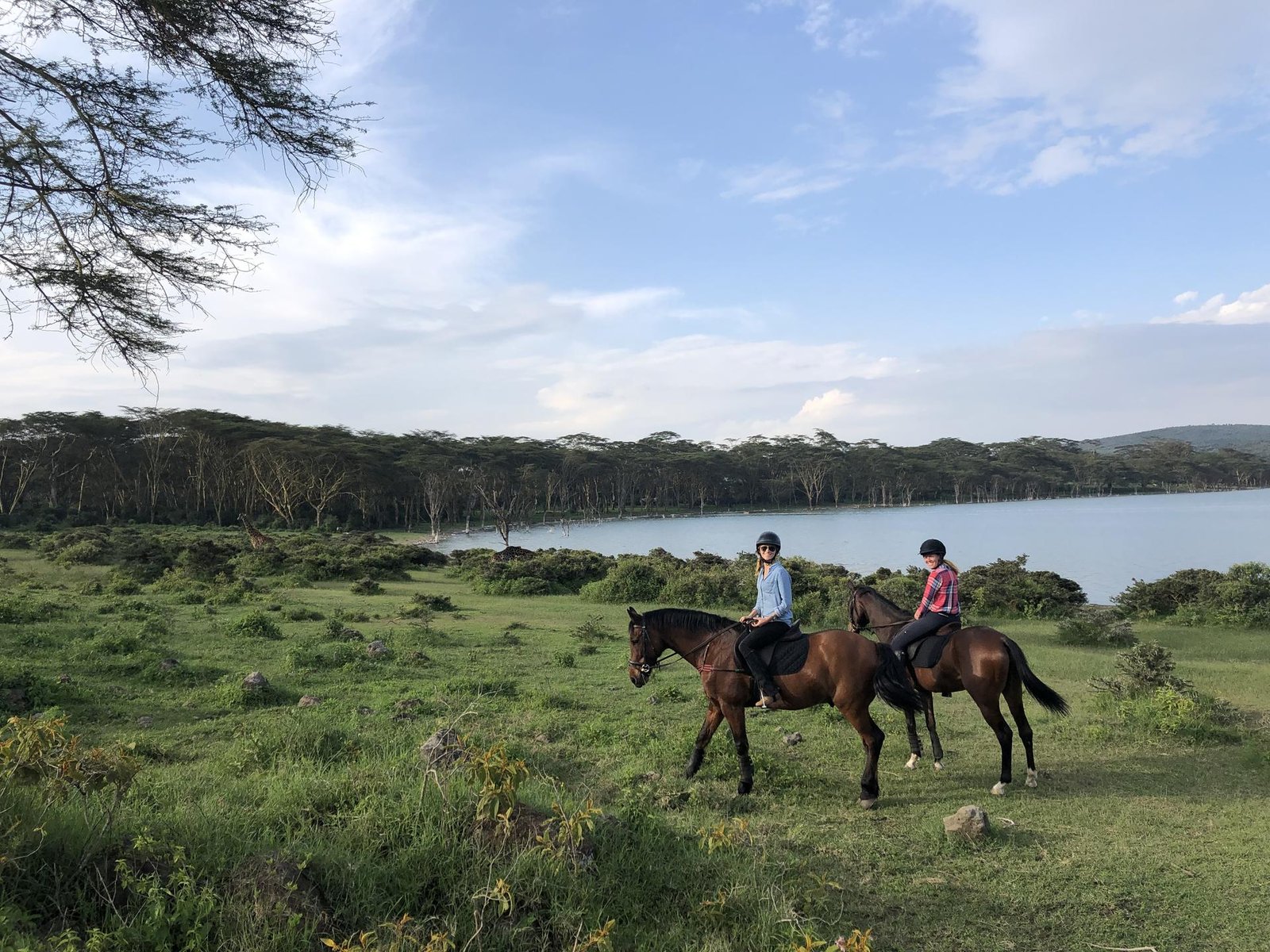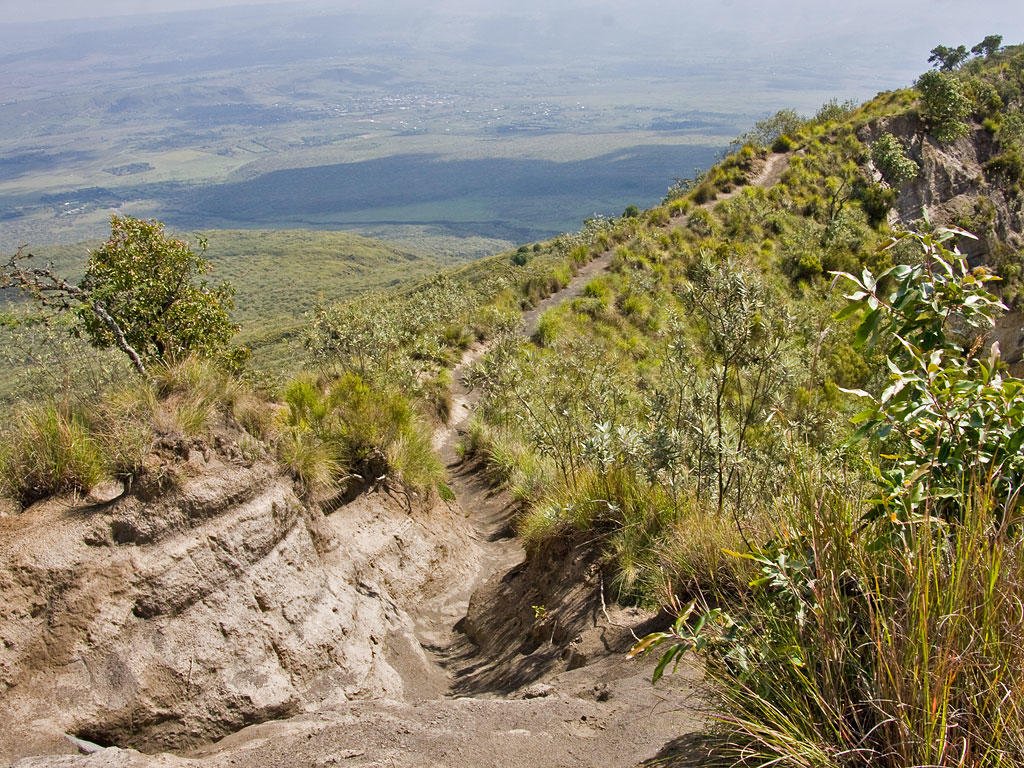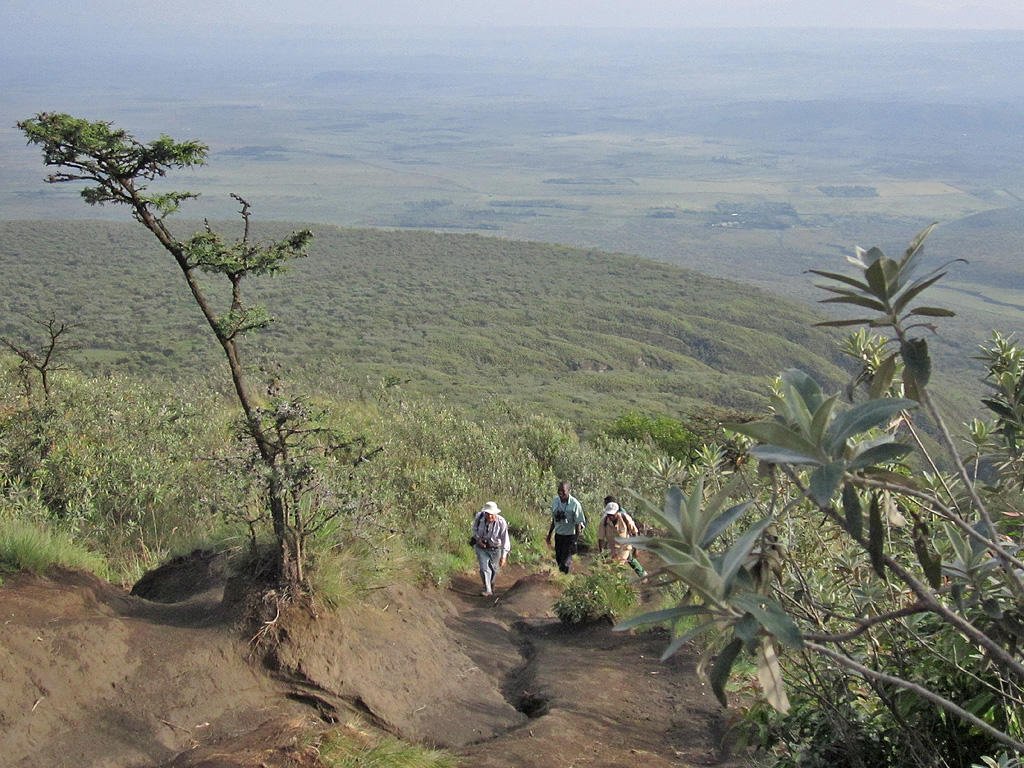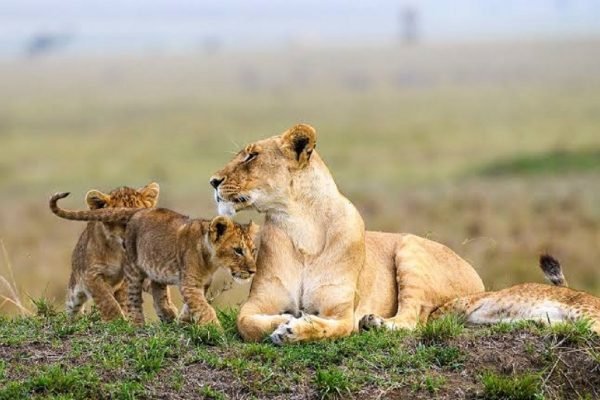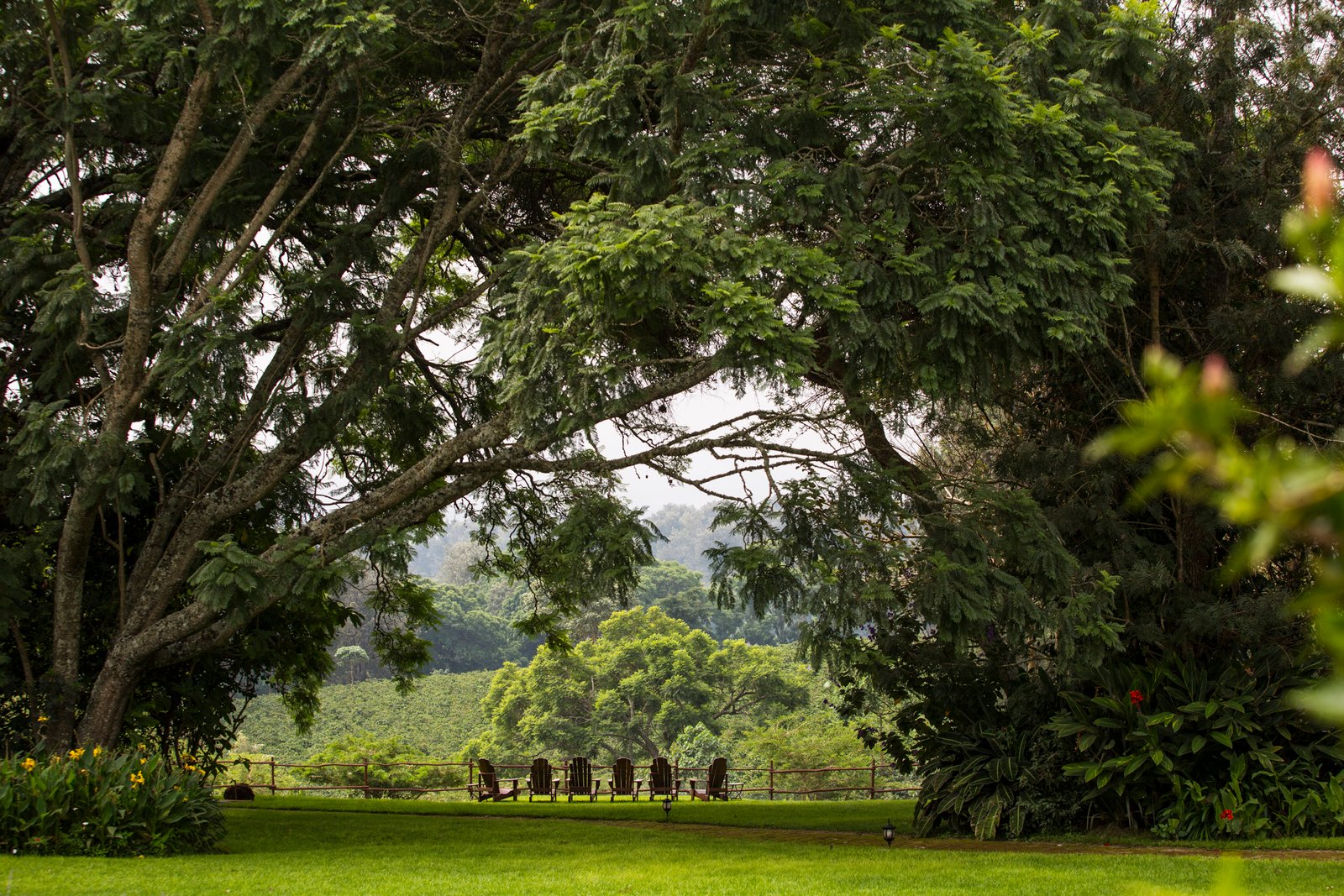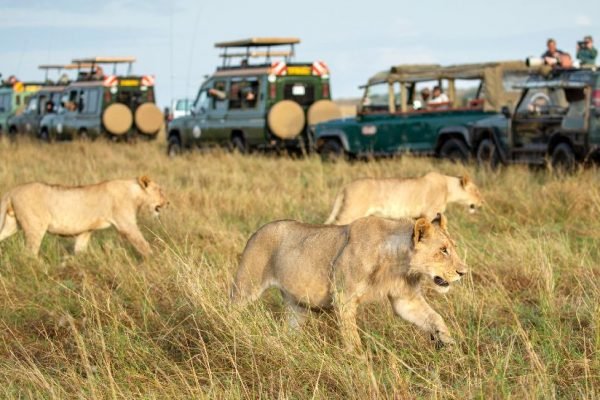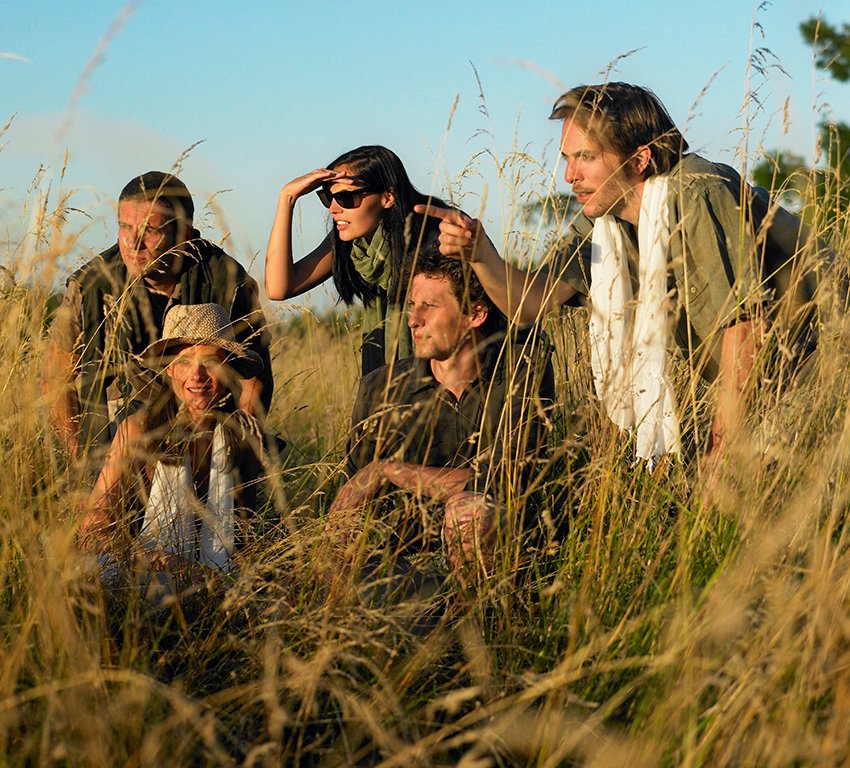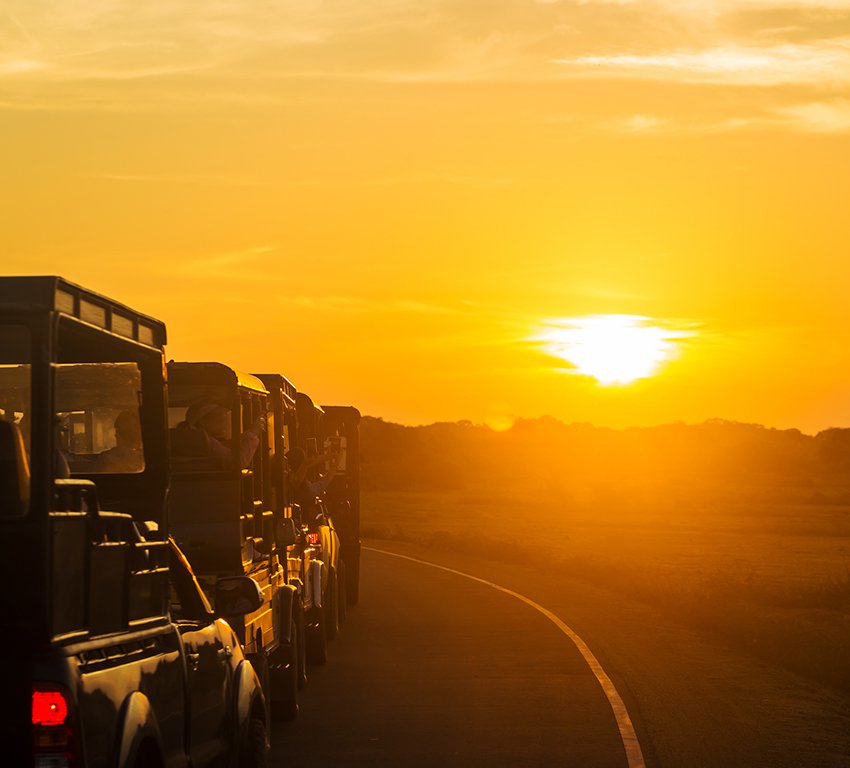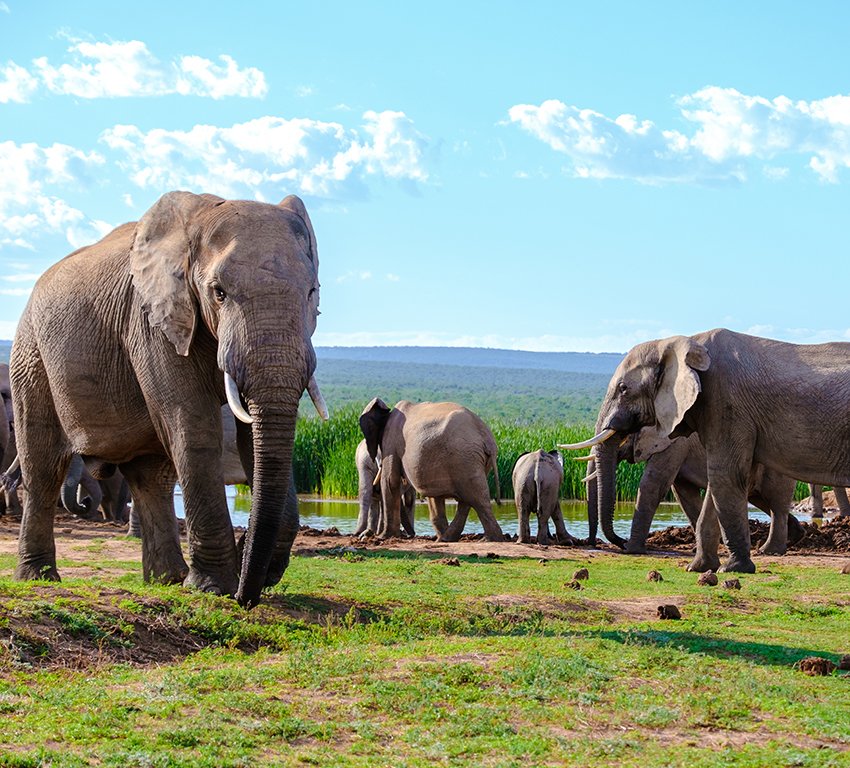Tanzania’s Amazing Beaches for vacation
When visiting Tanzania, you absolutely must not miss the breathtaking selection of beaches that are truly mesmerizing! Bushbuck is your go-to organizer for your entire beach excursion, whether you desire a tranquil respite after your safari adventure or simply want to relax on pristine golden shores for as long as you wish. Tanzania, being situated so close to the equator, ensures a perpetually warm climate, making its beaches the perfect haven to revel in miles of powdery white sand and endless turquoise-blue waters.
These captivating beaches are only a short flight away from the Northern Safari Circuit or a mere 45-minute hop from the Southern Circuit, which is why many travelers opt to combine both experiences. Whether you seek refinement, solitude, or a chance to explore Tanzania’s marine wonders, you can rest assured that Tanzania has something special in store for you.

For those yearning for peace and tranquility, there’s no better escape than the shores of Zanzibar or the mainland coast of Tanzania. We highly recommend the Southern region near Dar es Salaam and the Sadaani National Park, where you’ll find beaches and islands close to Zanzibar, the Pemba Islands, and Mafia. These areas boast incredible marine biodiversity, making them excellent destinations for snorkeling and diving.
Another gem of breathtaking beauty is Vamizi Island, a picturesque paradise on the fringes of the Indian Ocean, featuring an expansive lagoon hugging its shores. If you’re in search of palm trees, pristine sands, golden beaches, and azure-colored seas, this is the place to be.
Zanzibar, with its alluring blend of incredible beaches and rich cultural heritage, is a must-visit destination. Explore Stone Town, boasting Arabian fortresses, and then unwind on the island’s unspoiled 100-kilometer stretch of powder-white beaches, bordered by barrier reefs along the Indian Ocean. The Eastern coast is where you’ll find the finest beaches, with coral thriving in its natural habitat. Although not the primary beach destination in Tanzania, the western side of Zanzibar still has some beautiful beaches around Kendwa. And don’t miss out on the delectable seafood when you visit!

For those in search of seclusion, the Southern region near Dar es Salaam is a spectacular choice. This area offers complete isolation amidst magnificent beach landscapes, making it a dream destination for honeymooners and solitude seekers.
If water sports are your passion, head to the Mafia and Pemba Islands or the beaches off the coast of Zanzibar. These locations boast incredible marine life and are perfect for diving, kite surfing, sailing, and snorkeling. The beaches are renowned for their splendor, with crystal-clear waters where you can spot fish darting along the shoreline, all under a backdrop of endless sunshine, azure seas, and powdery white sands.
For those seeking photographic opportunities that rival desert island fantasies, Pemba Island, Mafia Island, and Vamizi Island are absolute gems. Imagine capturing lagoons, barrier reefs, coral formations, endless stretches of soft, golden sands, and deep blue waters that seem to go on forever, all framed by swaying palm trees—a paradise for any photographer.



